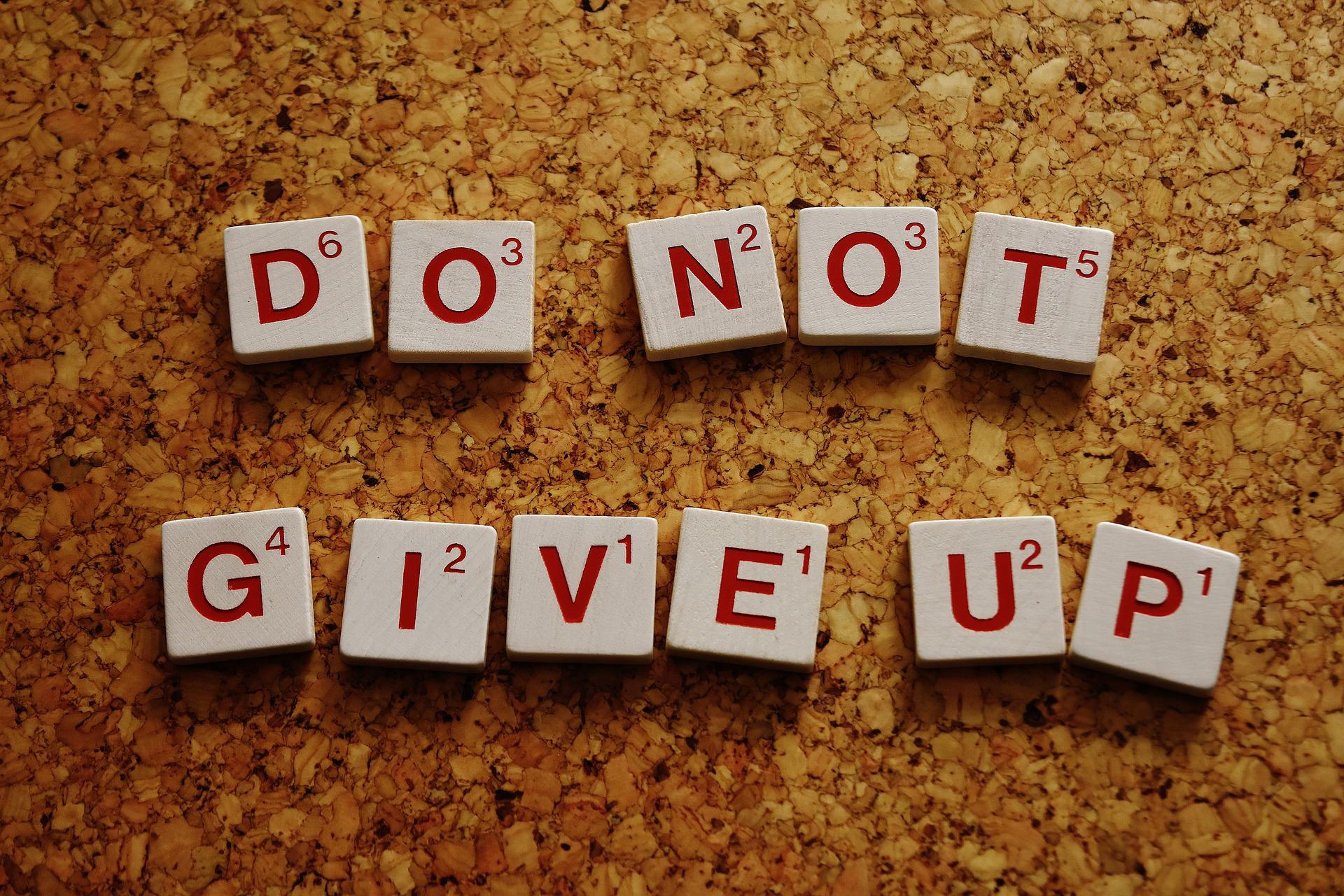Industry veterans Rick Davidson & Tim Ruswick* get together to chat about game design within sandbox games.
Sandbox games are usually huge open-world games where the player almost has the choice to do anything they want.
(*Rick has more than 14 years experience in the game dev industry, working on IP's that include Mario, Transformers, Captain America and Mortal Kombat. He's done it all, from Game Designer, Producer, Creative Director and Executive Producer to GameDev.tv's very own Instructor extraordinaire. Tim Ruswick is a successful YouTuber and indie dev, who's created more than 30 games in the last 5 years (wow!), and joined GameDev.tv as our marketing monster).
Listen to the whole chat here: https://www.youtube.com/watch?v=ZVR8Tmkl-GE
Our 'AHA' moments
- Give the player clear instructions
- Sandbox games let you do almost anything you want
- #1 reason people quit making games
- Game development is more than creating fancy characters and levels

Ensure The Player Knows What To Do (43:24 - 45:34)
When playing a sandbox game, the player is expected to have complete freedom but they need to have an indication of what to do. Players who feel lost and have no idea what they’re doing may end up quitting the game and never returning. Help the players' experience by giving them structure. Tell them they can smash loads of boxes which in return unlocks a special entrance to advance to a hidden area.
Other sandbox games include achievements/trophies that players can pursue. The game may not have a clear direction but games such as Minecraft and Goat Simulator reward users with achievements/trophies just for doing particular actions. Goat Simulator awards players for completing actions that include hosting a concert, travelling to space, licking things and bouncing on a mattress 100 times within 30 seconds. Really random and crazy stuff but a sense of direction and reward for the player.
#1 Reason People Quit Working On A Game (1:02:04 - 1:05:20)
One of the main reasons people quit working on a game is because the scope becomes too big. When the size of the game grows and the amount of work needed to complete the game increases, it’s natural that some feel less inclined to finish the project.
When making games, keep your scope in a realistic frame. If you feel it’s getting too big, consider descoping the game. When you have a fun prototype you can then focus on the fun stuff like character creation, storytelling and level design.
Although, in Rick’s case during the Tilevania section of the Unity 2D course, making the obstacles and tweaking values until he found the perfect jump was satisfying. The idea of then creating 5 hours' worth of extra content was something he felt to be daunting.
Making menus, programming for different platforms, tweaking AI and button inputs can be boring to some. Every person will find different elements more enjoyable than others. The goal is to find a good balance between not wanting to do too much and having the right amount for your game.

We hope this game design deep dive helps understand sandbox games better and get an idea on how to approach your sandbox game.
Check us out on social media
https://www.facebook.com/GameDevTV
https://twitter.com/GameDevTV
https://www.instagram.com/gamedev.tv/
Remember, we host live develogy livecasts every Tuesday at 10pm BST on our YouTube channel. You can catch all the recordings, including this episode, in the Devology Livecast course - it's free to join, and also on our YouTube Channel.
Until next time, happy dev'ing!

